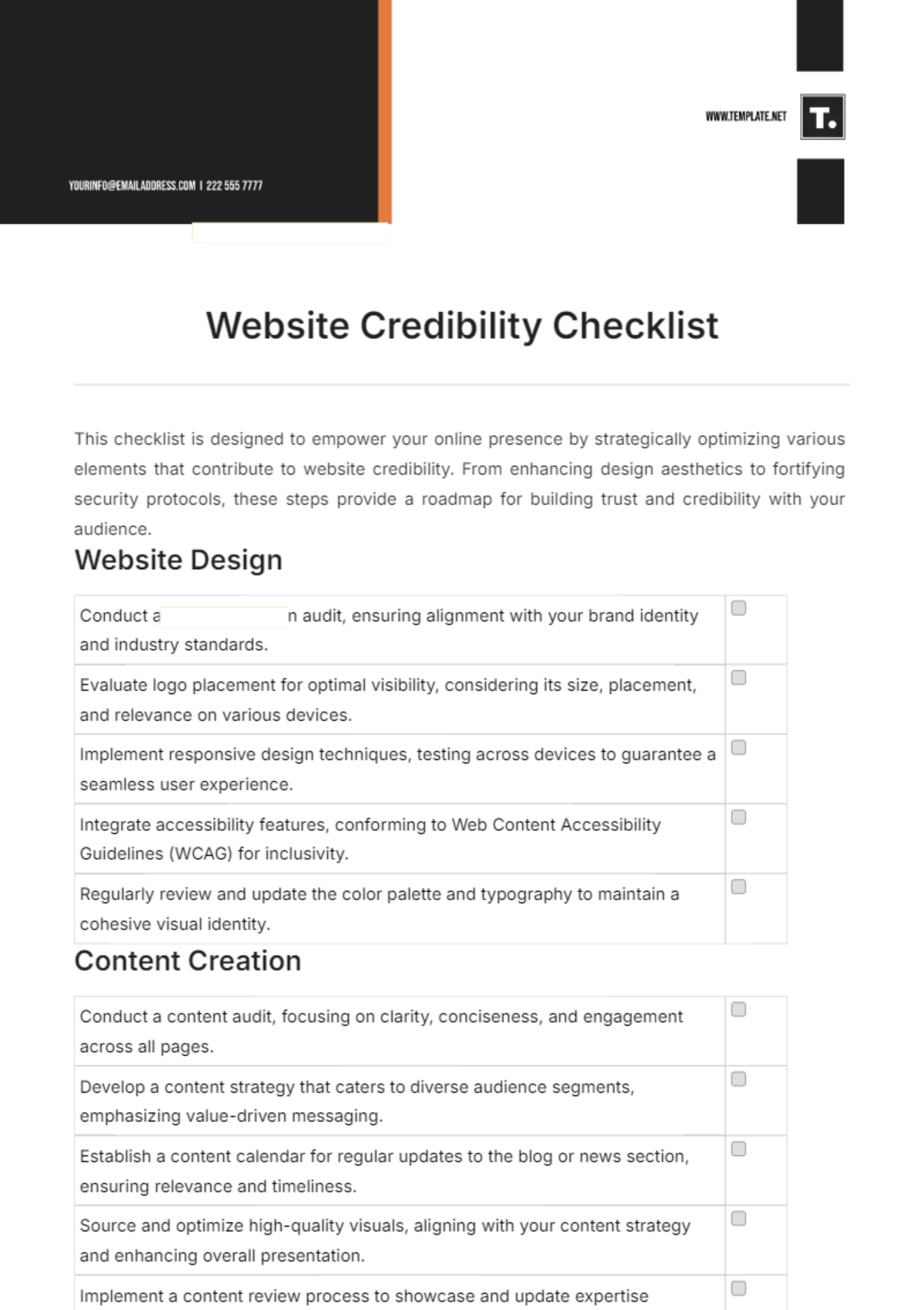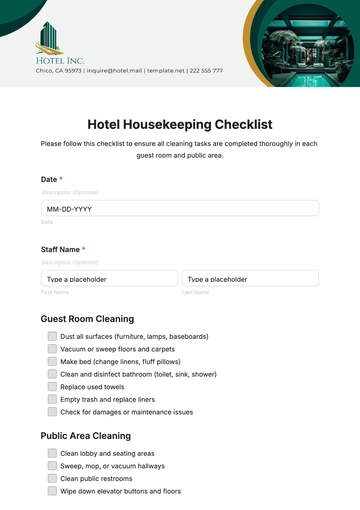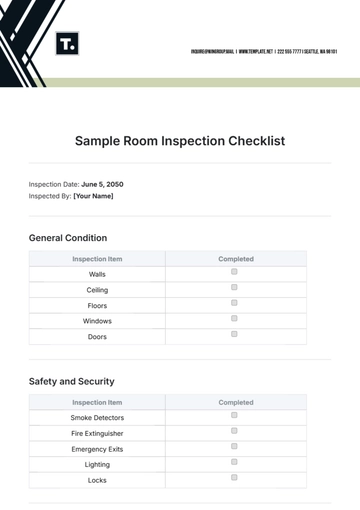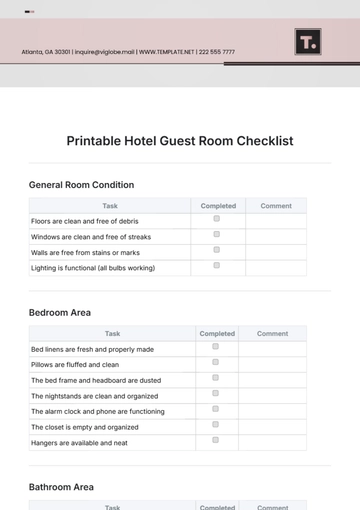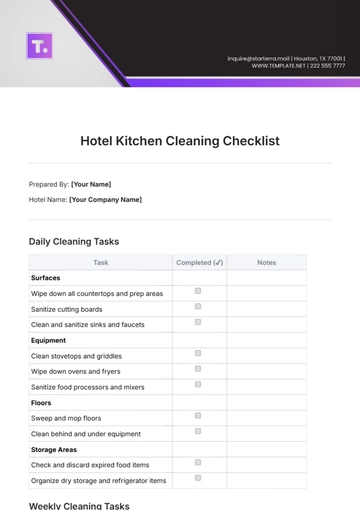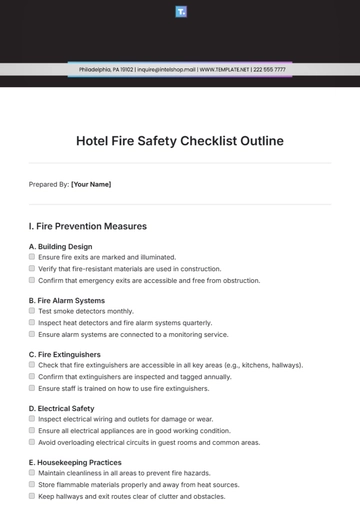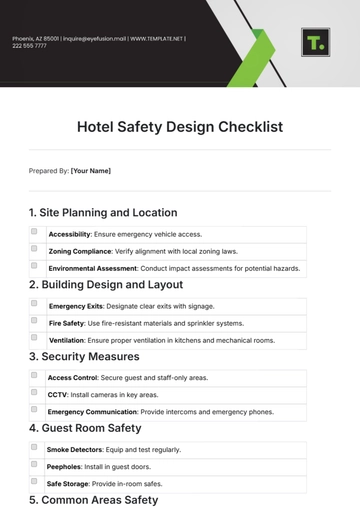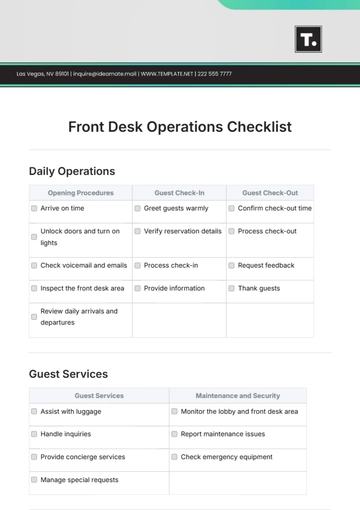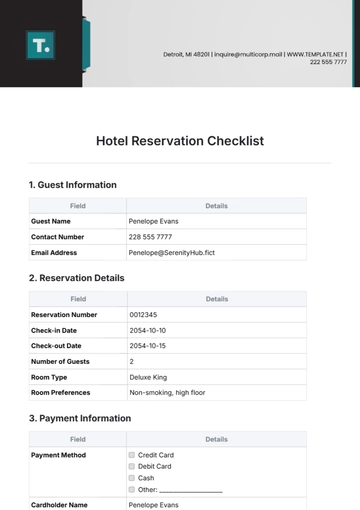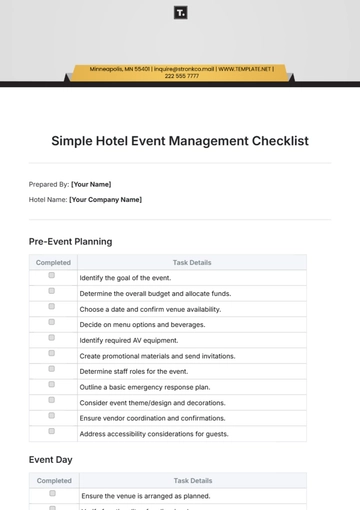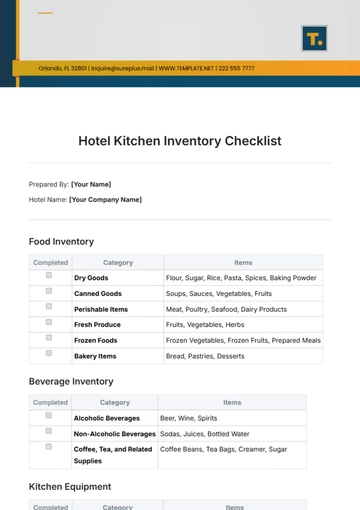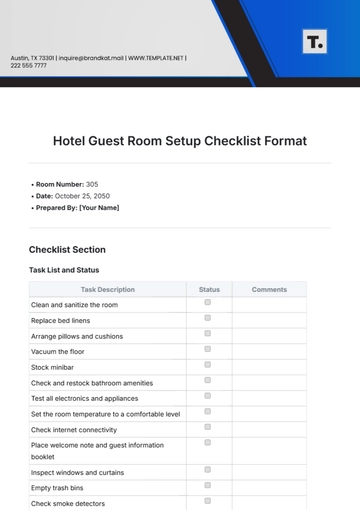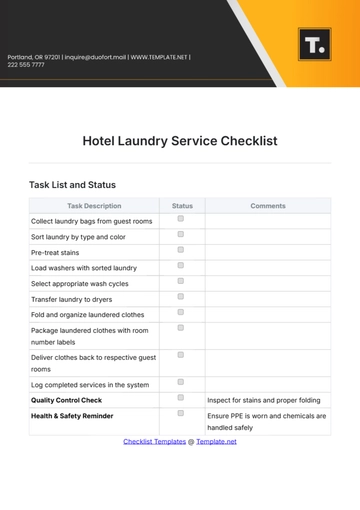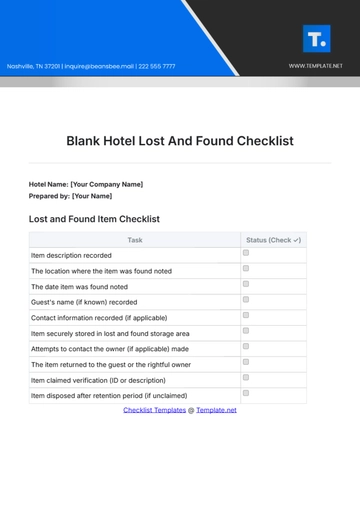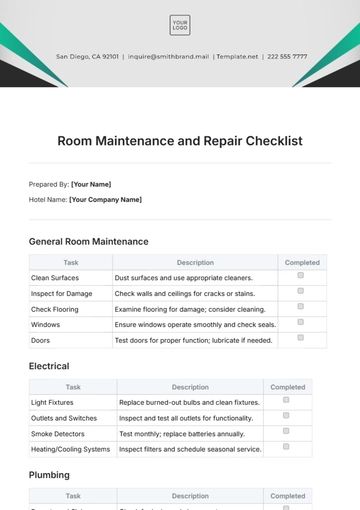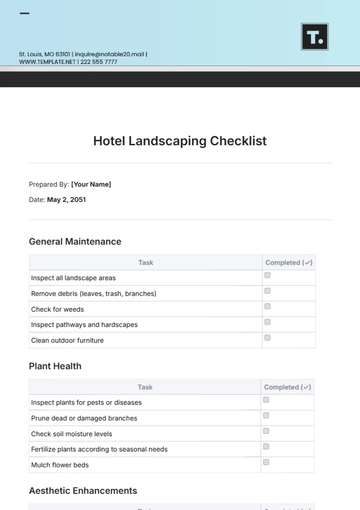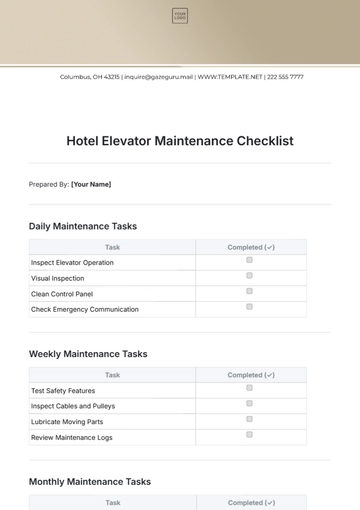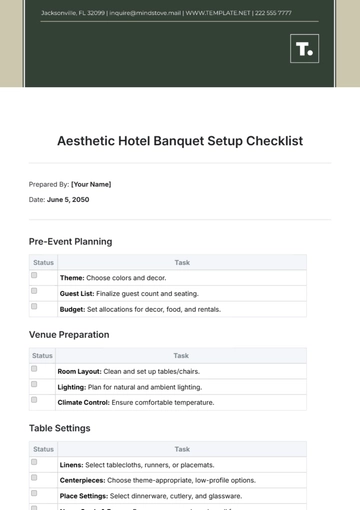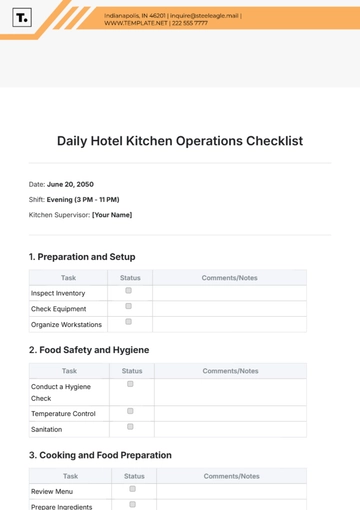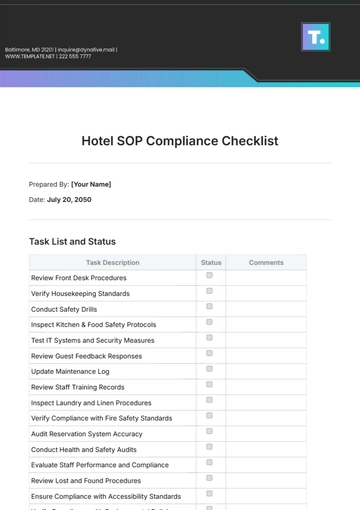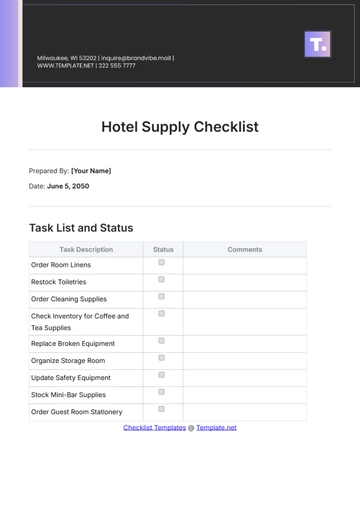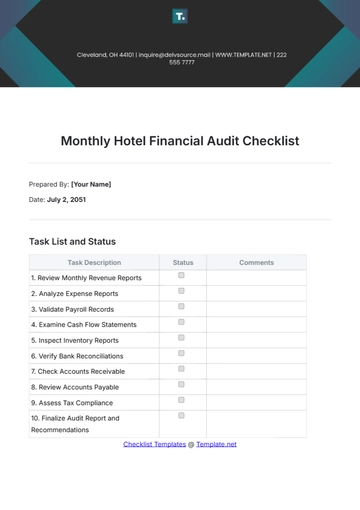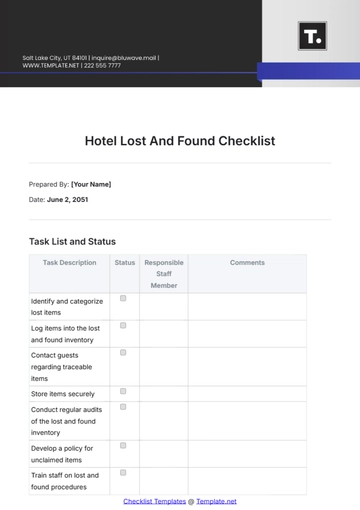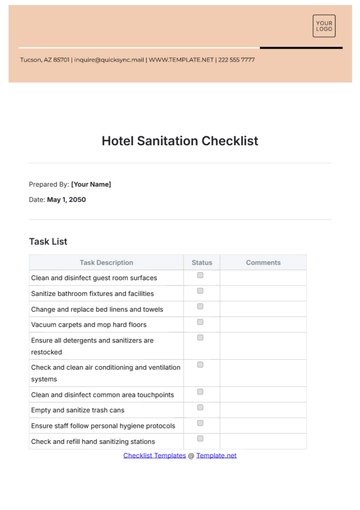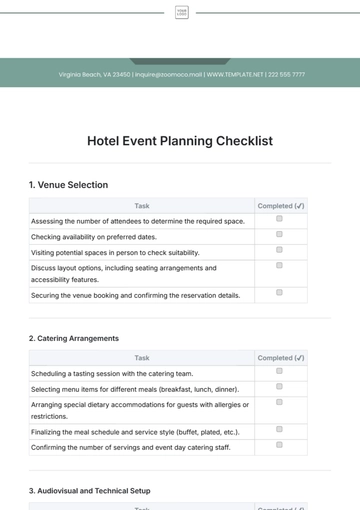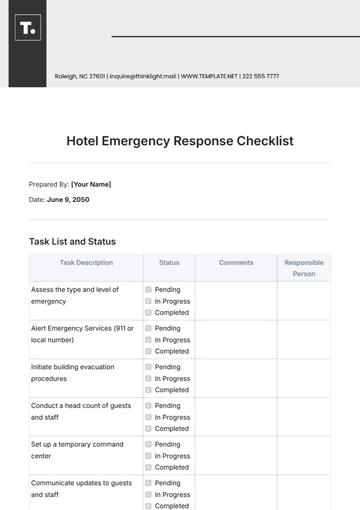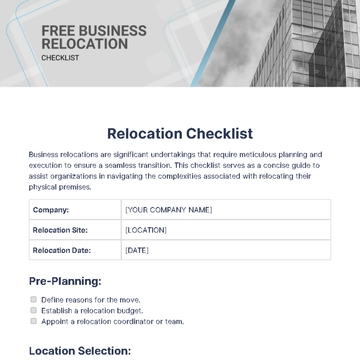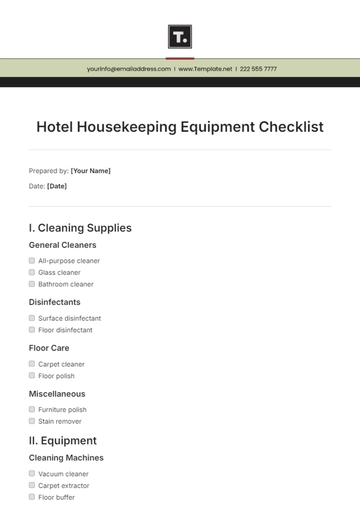Website Credibility Checklist
This checklist is designed to empower your online presence by strategically optimizing various elements that contribute to website credibility. From enhancing design aesthetics to fortifying security protocols, these steps provide a roadmap for building trust and credibility with your audience.
Website Design
Conduct a thorough design audit, ensuring alignment with your brand identity and industry standards. | |
Evaluate logo placement for optimal visibility, considering its size, placement, and relevance on various devices. | |
Implement responsive design techniques, testing across devices to guarantee a seamless user experience. | |
Integrate accessibility features, conforming to Web Content Accessibility Guidelines (WCAG) for inclusivity. | |
Regularly review and update the color palette and typography to maintain a cohesive visual identity. | |
Content Creation
Conduct a content audit, focusing on clarity, conciseness, and engagement across all pages. | |
Develop a content strategy that caters to diverse audience segments, emphasizing value-driven messaging. | |
Establish a content calendar for regular updates to the blog or news section, ensuring relevance and timeliness. | |
Source and optimize high-quality visuals, aligning with your content strategy and enhancing overall presentation. | |
Implement a content review process to showcase and update expertise consistently. | |
Website Credibility
Upgrade to HTTPS, encrypting data transmission and ensuring a secure user experience. | |
Strategically place contact information visibly across the website, providing multiple points of access. | |
Systematically collect and showcase authentic customer testimonials, regularly updating them for relevance. | |
Review and update transparent policies, including Privacy Policy and Terms & Conditions, reflecting current standards. | |
Establish a fact-checking process to substantiate claims with credible sources and evidence. | |
Website Functionality
Conduct usability testing to optimize navigation, identifying and addressing potential pain points. | |
Enhance the search function, utilizing user feedback to improve the effectiveness of information retrieval. | |
Optimize website speed through compressed images, streamlined code, and reliable hosting. | |
Ensure social media links/buttons are prominent and functional, fostering enhanced user engagement. | |
Implement a regular link-checking protocol to identify and rectify broken links and error messages promptly. | |
Search Engine Optimization
Regularly submit updated sitemaps to search engines, ensuring all relevant pages are indexed. | |
Conduct keyword research to identify and strategically implement relevant keywords throughout the website. | |
Optimize meta tags for each page, aligning them with current SEO best practices. | |
Develop a backlink strategy, focusing on high-quality sources to enhance credibility. | |
Regularly monitor and adapt SEO strategies to align with evolving search engine algorithms. | |
Conducted by: [Your Name]
Company: [Your Company Name]
Date: December 15, 2050
Checklist Templates @ Template.net
